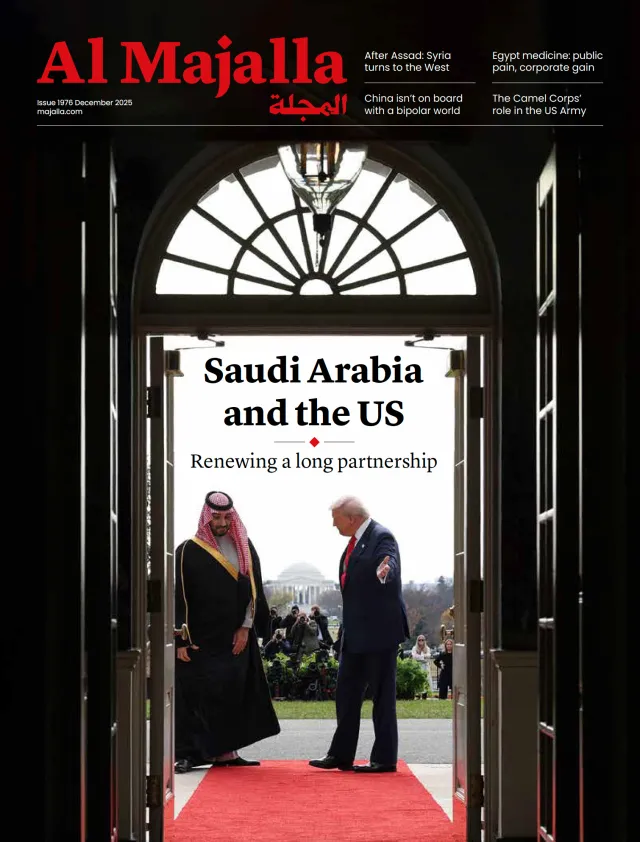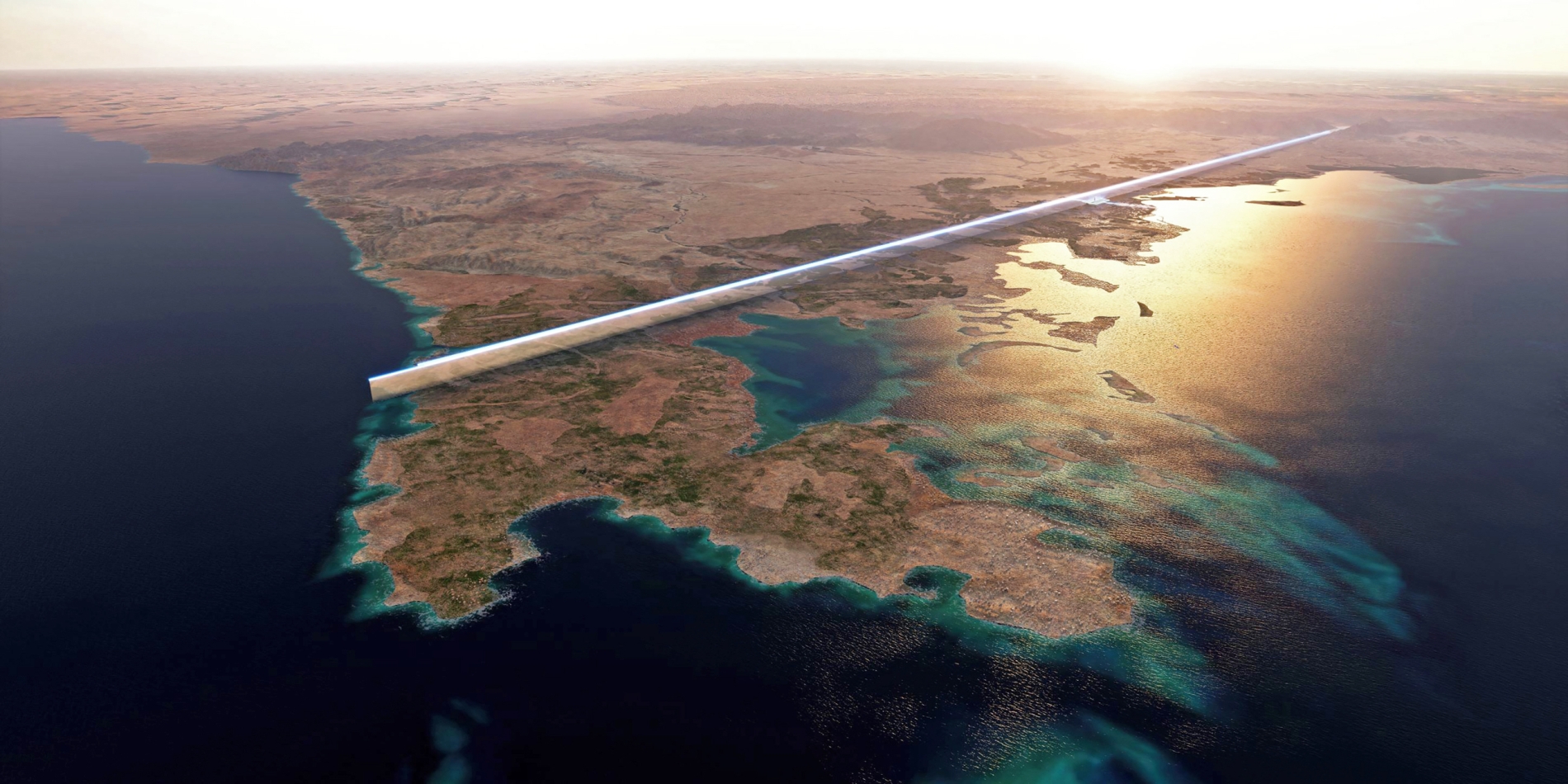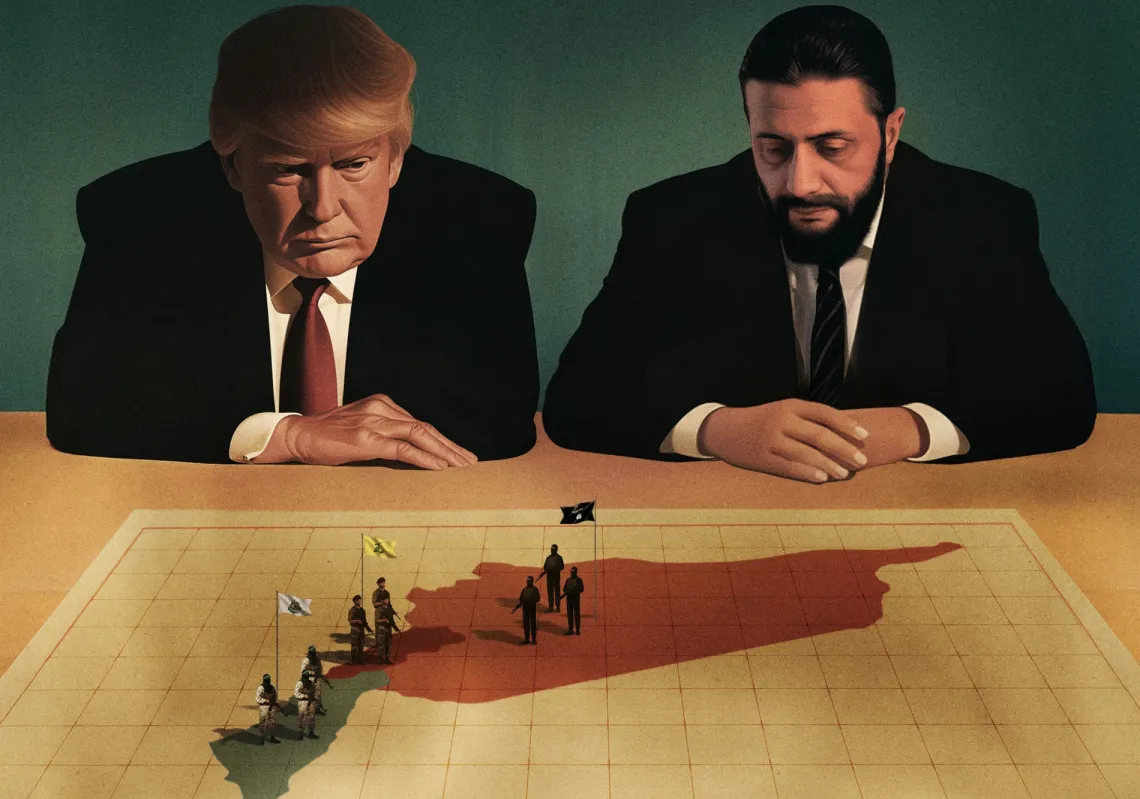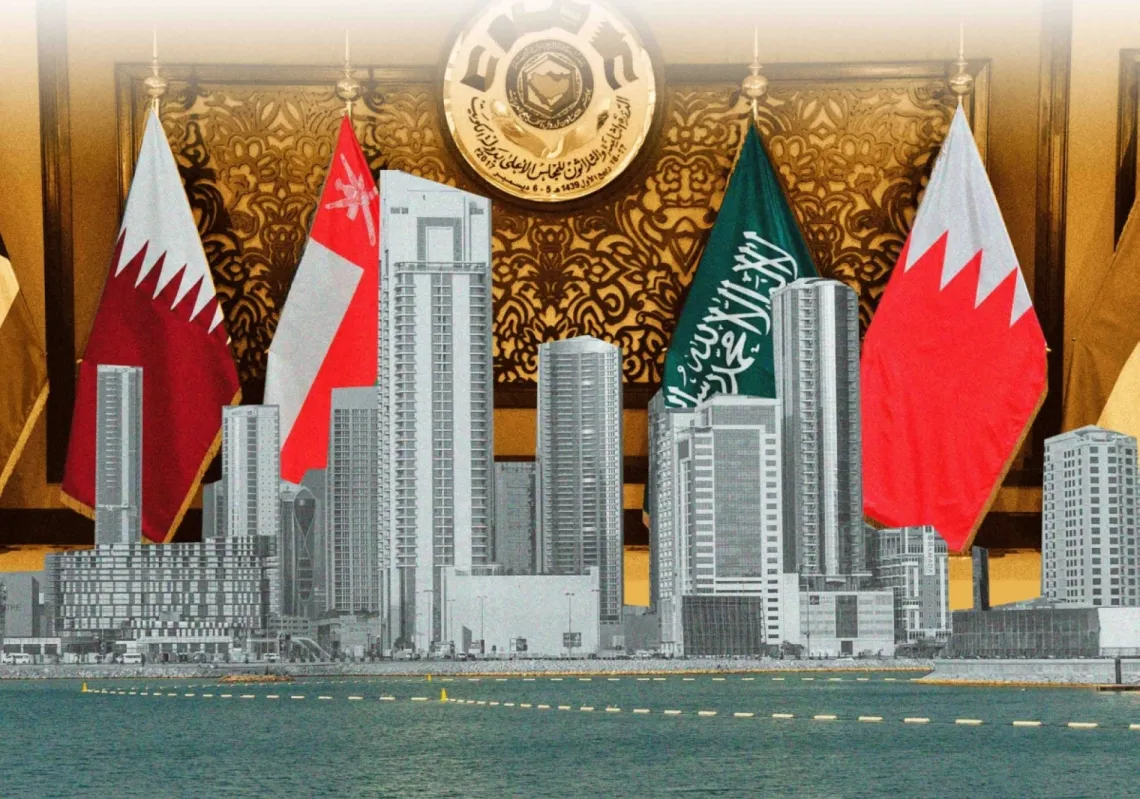China focuses on infrastructure and industrial zones, such as Tanzania's Bagamoyo Port. Though delayed, this site is designed to attract hundreds of factories into its special economic zone (SEZ), modelling Shenzhen's rise from fishing port to economic powerhouse.
The China-Africa Cooperation Forum is a good place to see the future of China-Africa trade. It has evolved into a platform for tariff reductions on 97% of African exports to China, including cocoa, coffee, and minerals. Only 30% of trade is now resource-based. Technology and manufactured goods dominate.
Nobody thinks this is altruism. Rather, it is strategic symbiosis. Both Africa and China benefit. Africa's middle-class is expected to number 1.1 billion by 2060, meaning that China gains a market for its electric vehicles, a manufacturing hub, and a diplomatic ally, while Africa gains the power to pivot from aid recipient and raw materials exporter to industrial producer and tech collaborator.
Trade with Latin America
China is Latin America and the Caribbean's second-largest trading partner and the largest trading partner for countries such as Chile, Brazil and Peru. China's bilateral trade with the region surged to $450bn in 2023, with Beijing having reached free trade agreements with Chile, Peru, Costa Rica, Nicaragua and Ecuador (it is in talks with Uruguay).
China says it is building "digital silk roads" such as in Brazil, through commercial 5G (fifth generation) wireless technology partnerships, and in Argentina, through space monitoring stations, while the China-Community of Latin American and Caribbean States (CELAC) also promotes e-commerce and fintech integration.
Traditional US allies such as Panama and the Dominican Republic have recently sided with Beijing over issues such as Taiwan (the US says it is a sovereign state, whereas China says it is a breakaway region). It is likely that these diplomatic U-turns are propelled by the lure of Chinese market access.
Beijing's $1.3bn development of the Port of Chancay in Peru (primarily funded and developed by COSCO Shipping Ports, a Chinese state-owned enterprise) underscores China's intent to establish a critical logistical hub that cements its position in Latin America and enhances its access to the Americas.

Yet the US is taking the fight to China, not least over the Panama Canal. Two crucial ports at either end of the canal have long been owned by Hong Kong-based conglomerate CK Hutchison, but a sale of the firm's entire ports portfolio to American private equity groups in March is now stalled, subject to Chinese regulatory review.
Both America and China want to control one of the world's most vital maritime transit passageways, and the main route between Asia and the Americas, with 5% of global trade passing through the canal annually. It is especially important for the transit of grain, fuel, vehicles, consumer electronics, and raw materials. The outcome of the proposed port sale will be pivotal to the canal's future.
Trade of the future
Donald Trump's second term of office has shown that the 20th century trade rulebook is now obsolete. As digital services, artificial intelligence (AI), and technology infrastructure redefine global commerce, a new paradigm is emerging—one centred on intangible assets and collaborative diplomacy.
Yet while Trump seeks to 'wall off' markets, China is building bridges and binding the Global South to its vision of trade, because 21st century trade is frictionless, algorithmically optimised, and meritocratic. While Trump is reviving the job-rich industries of the 20th century, unifying technology standards is becoming the ultimate commercial power.
For instance, China's Huawei has built a 4G wireless infrastructure across 70% of Africa and in 165 countries globally, embedding its technical protocols. By setting norms for AI ethics, data governance, and cybersecurity, adopting nations integrate into China's tech-led economic ecosystem, creating a dependency far subtler than debt: a reliance on Chinese tech updates, training, and interoperability.
This is also the age of digital money. In 2023, China completed its first cross-border crude oil settlement in digital yuan via the Shanghai Petroleum and Natural Gas Exchange (SHPGX) using blockchain to settle transactions instantly. This 'petro-yuan algorithm' nexus bypasses the Western-dominated SWIFT banking system, reducing any exposure to potential US sanctions.
The digital yuan, piloted in cross-border trades with Saudi Arabia and Iran, further erodes the dollar's global dominance. Smart contracts automate compliance, while AI-driven platforms such as PetroChina's Energy Blockchain optimise supply chains. By merging energy trade with digital innovation, China is crafting a decentralised financial order where blockchain—not SWIFT—mediates transactions.
In part as a tariff response, China is encouraging trade transactions in yuan and bilateral local currencies, particularly among developing economies. With more countries moving from dollar-denominated trade to reduce their exposure to US economic pressure, one of America's most powerful economic levers is showing cracks.

















